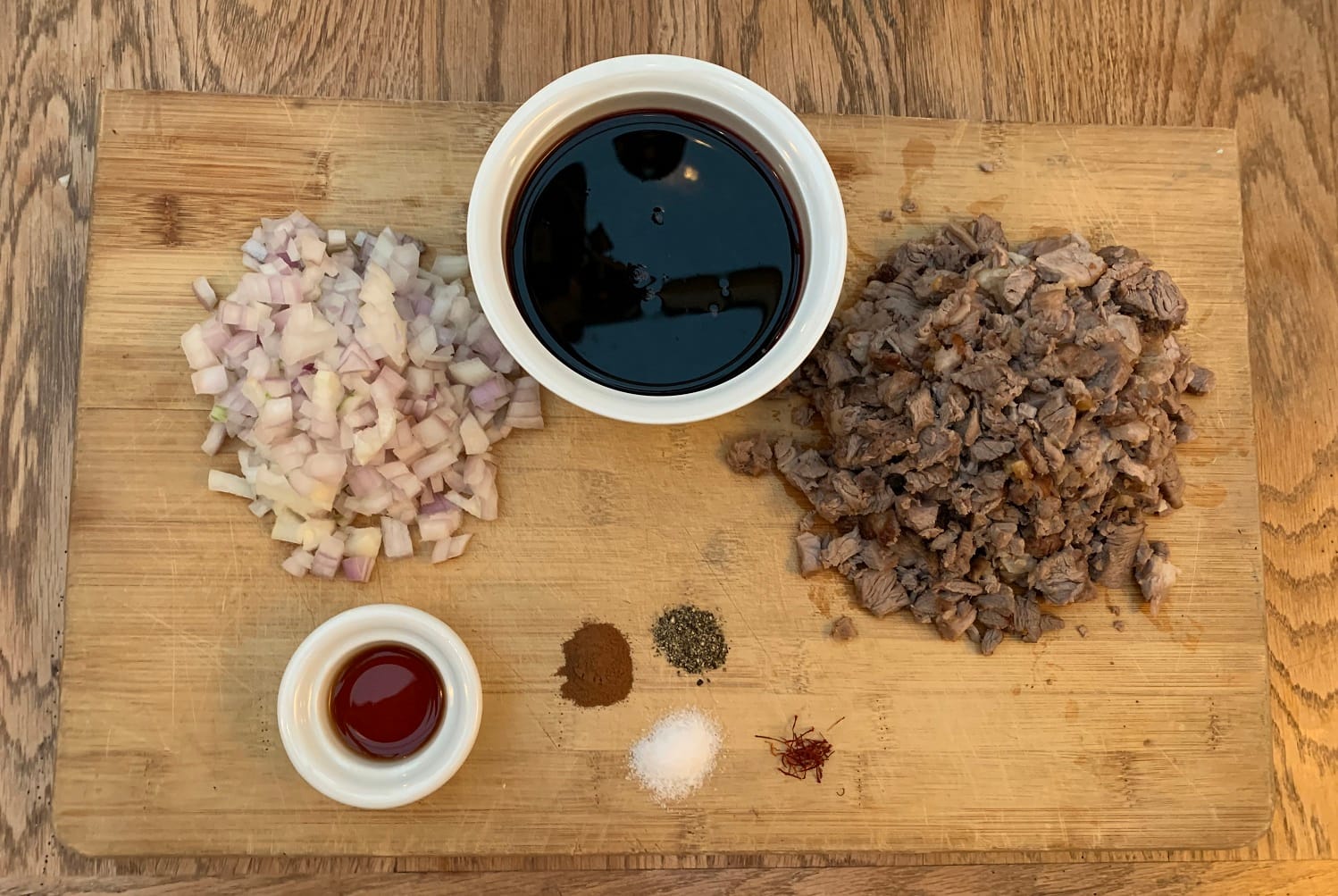Look at converting some social homes in city-centre flats into cost-rentals, says Taoiseach’s group
No decision has been made on whether that will happen, a Dublin City Council spokesperson has said. But it hasn’t been ruled out.
Because the Templars were fighters, their dietary rules differed from those of their other monastic counterparts. Here’s one recipe they may have eaten.

In the Middle Ages, there were religious military orders whose members took lifetime monastic vows of poverty, chastity, and obedience. One such order, that encompassed both religious and military practice, was The Knights Templar.
It appears the Templars followed the Anglo-Normans to Ireland in the following decades towards the end of the twelfth century, acquiring widespread properties in Ireland, mainly in the east of the country in counties Dublin, Louth, Waterford, Wexford, Kildare, but also in Tipperary, Sligo and Limerick.
But in 1312, the pope dissolved the order, and their lands and possessions passed on to the Order of the Knights Hospitaller.
Dietary rules were part of the Christian tradition, particularly for those in monastic orders. Food intake was restricted for a common purpose.
Some religious orders appear to have survived on stews made mainly from cereals and vegetables, with the occasional added flavouring of eggs, cheese, or fish.
The diet of the Templars was different. Periods of fasting were part of their dietary rules too, but these mainly took place in winter months, between Advent and Lent, so as not to interfere with the Templars campaigning season.
When allowed to do so, they ate meat three times a week, either mutton, beef, veal, or goat meat. The order kept pigs and hens, and cultivated kitchen gardens, which must have provided added interest to their meals, along with the cheese, lentils, beans, and cabbage they are known to have eaten.
At a time when physical work for monks often meant working in the fields or the kitchen, work for these fighting knights was based around the care of their horses and equipment, regardless of whether they were on campaign or not.
Whoever came up with the dietary rules for the Templars took into consideration the nutritional needs of the more physically demanding role of these knights, compared to other monastic counterparts.
There are no recipes to say exactly what the Templars ate, but they may have eaten something similar to the following simple dish.
It’s from a manuscript dating to 1500 known as A Noble Boke off Cookry for a Prynce Houssolde or eny other Estately Houssoldes (A Noble Book of Cookery for a Princely Household or any other Estately Households), reprinted verbatim from a rare manuscript in the Holkham Collection in Britain, and edited by Mrs Alexander Napier in 1882.
Ingredients
Method
Put all the ingredients in a pan. Bring to the boil, then simmer for 10 minutes, stirring from time to time. Serve.
